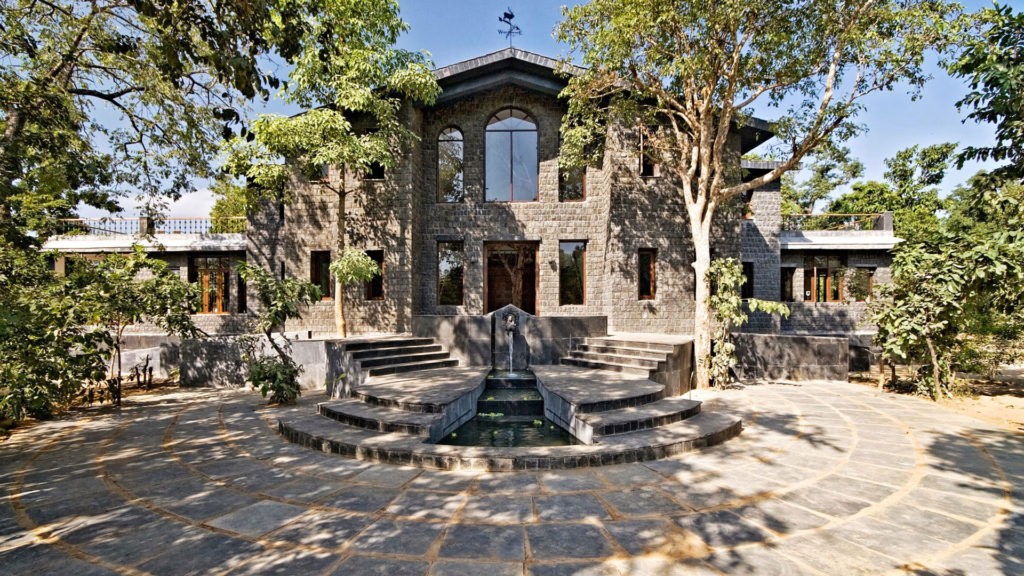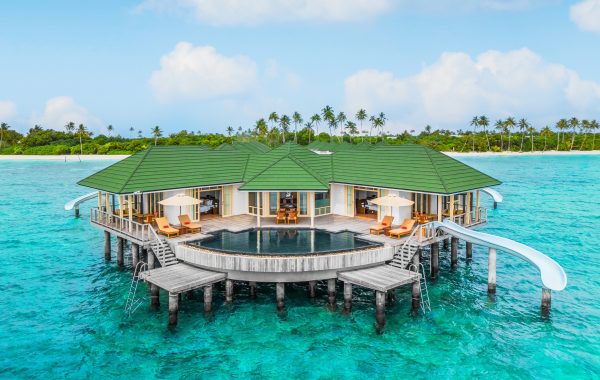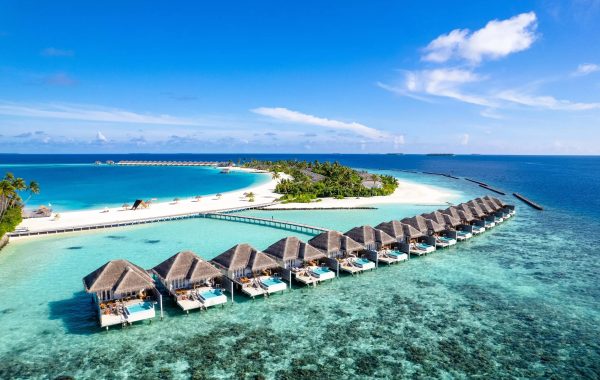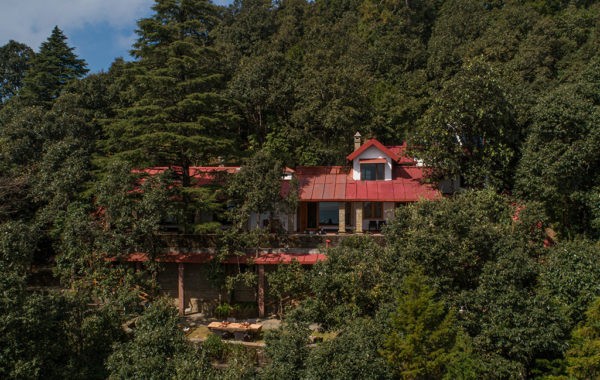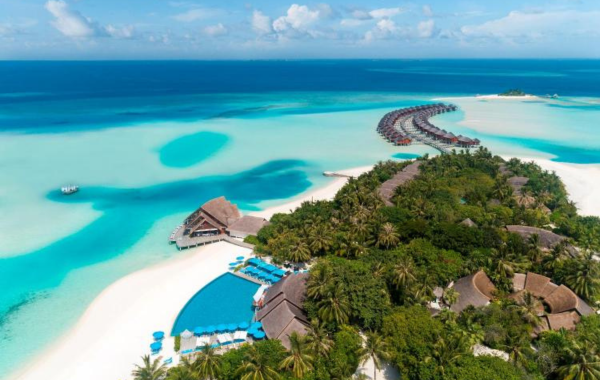Photo: Singinawa Jungle Lodge, Kanha, Madhya Pradesh
Reduce your carbon footprint with these retreats that blend sustainability with comfort.
Our list of eco-lodges was drawn up based on visits by the Travel and Food Network team and on recommendations from environmentalists and conservationists in India. The retreats we eventually selected fulfil three main criteria: They have taken active steps to minimise (or subsidise) their carbon footprint. They are helping preserve the region’s natural and cultural history. And they have helped boost the local economy by employing the community. Unfortunately, it isn’t easy to find resorts in India (or around the world for that matter) that satisfy all of these prerequisites.
These retreats however, are strong examples of conscious tourism—a proposition that benefits businesses, communities, and travellers, and the planet at large. This list is definitely not an exhaustive, so do write to us with your own suggestions.
1. Singinawa Jungle Lodge, Kanha, Madhya Pradesh
Singinawa Jungle Lodge is a luxurious retreat near the outer edge of Kanha Tiger Reserve, but behind its opulent exterior is a heartening story of conservation. Until a few years ago, the 58- acre property was just an overgrazed plot infested with weeds and garbage. But with a little help from the latest agricultural techniques, a large part of the land today is in the process of
regeneration and the area is slowly returning to its former green glory.
Each of the 12 sumptuous cottages affords a stunning view of the forest. All buildings have double walls with a three-inch gap that ensures thermal and sound insulation, which reduces the cost of heating and cooling. A large part of the lodge’s energy needs are met through solar power, while most of the water is harvested rainwater. Guests at Singinawa can choose to go on a safari with trained professionals or cycle to a nearby village or the forest department nursery. There are a few rock formations nearby, one of which is used for regular campfires. A more relaxed itinerary includes lounging in the resort’s large asymmetrical swimming pool, the spa, or even the library-lounge. (01244908610; www.singinawa.in; doubles from ₹20,000 includes all
meals).
2. Kipling Camp, Kanha National Park, Madhya Pradesh

Two of India’s well-known wildlife conservationists are the force behind Kanha National Park’s oldest lodge. Anne and the late Bob Wright set up Kipling Camp in the park’s buffer zone with the motto of “treading softly in the jungle”. The camp works in close consonance with the Baiga tribal community, through a cooperative they established many years ago. The organisation supports local performing and fine art.
The owners turned the bare farmland on which the camp is located, into a verdant forest. Meals are served at different locations across the property: under a mahua tree, on a patio, or even under the stars. Visitors can go on a tiger-spotting safari or birdwatching tour with in-house naturalists, or hang out with the resident elephant Tara. Kipling Camp has 15 warmly lit double rooms set up with local materials and a private cottage that overlooks a waterhole. The water body was enlarged and contoured over the years, as catchment for rainwater and remains full even during severe drought. Sewage is filtered using sand and other natural elements (011-65196377/98110 15221; kiplingcamp.com; ₹8,950 per person (Indian guests); ₹12,600 per person (foreign guests).
3. Sarai at Toria, Panna, Madhya Pradesh
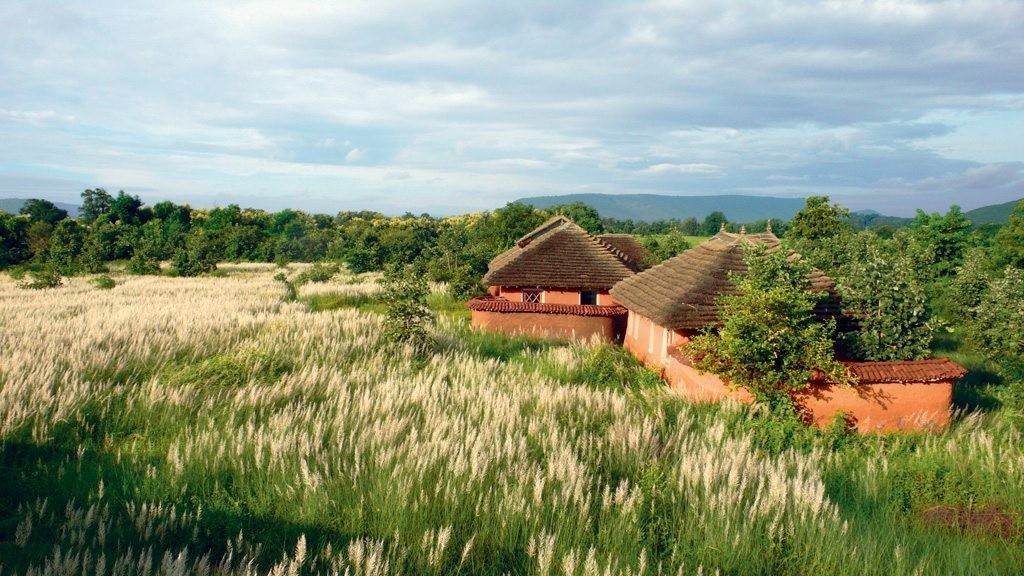
Sarai at Toria appears to be an organic part of its grassland location on the west bank of the beautiful Ken River. Its rammed-earth mud cottages are decorated with natural and handmade elements. A stay at the resort is all about downtime with nature, and its many nooks and crannies encourage guests to read a book sheltered by the tall grass.
Even the dining area looks out over the river, and it is common to glimpse jackal, jungle cat, civet, or mongoose. Sarai at Toria’s attempt to maintain the sanctity of the area is evident from the in-house solar plant which meets all the property’s electricity requirements. The flora is completely indigenous to the landscape, which means you won’t find any exotic plant species here.
Pests are controlled using tobacco, lemon, citronella, and eucalyptus products. There are no plastic mineral water bottles (only filtered water), and chemical-free toiletries are purchased in bulk and decanted into glass vials. Most of the staff is from the neighbouring areas (96852 93130; saraiattoria.com; doubles from ₹16,600, including meals and onsite activities; open October-April).
4. Parambikulam Tiger Reserve, Palakkad, Kerala

The young Malasar guide, who accompanied me to Thellikkal camp in Parambikulum Tiger Reserve several years ago, knew his wildlife well: He heard the giant hornbill approach, spotted the leopard pugmark, and “scented” the elephants. It didn’t come as a surprise since the forest was his home. As one of the families dependent on the reserve, the Malasar used to fell wood and herd cattle, an activity prohibited inside a sanctuary. They frequently clashed with the forest department until a few years ago, when locals were trained as naturalists and began to benefit to from the park.
At Parambikulam, guests are accommodated in old renovated buildings and tents. Plastic bottles are banned, but the reserve provides reusable steel bottles with filtered water. Garbage is segregated, and any plastic that is detected is fashioned into keyrings that guests can take back as souvenirs, along with organic ginger, pepper, and turmeric (94422 01690/94422 01691; www.parambikulam.org; doubles ₹6,000 including all meals, bamboo rafting, trekking, and safari).
5. Khem Villas, Ranthambore, Rajasthan
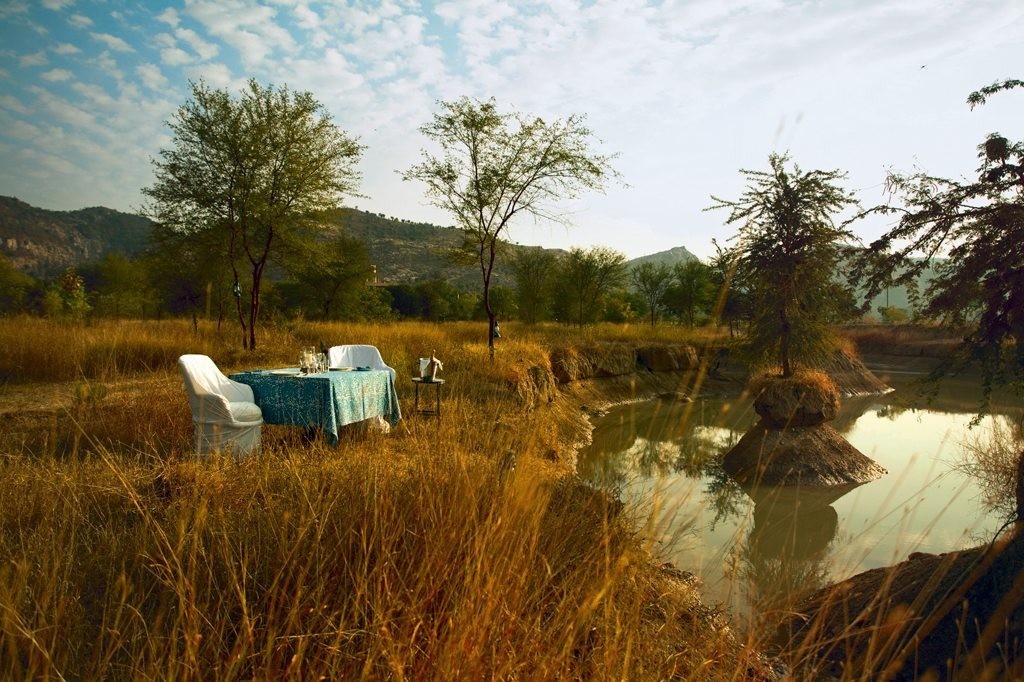
Khem Villas describes itself as a “luxury jungle camp”. Its eight cottages and seven tents, modern adaptations of traditional dwellings, are a picture of understated elegance. But if you had surveyed the area a few years ago, you’d only have seen barren land with almost no vegetation. Today, through years of regeneration, the property is one of the greenest patches in the area. It appears like an extension of Ranthambhore National Park and is an example of the resort’s commitment to conservation.
The resort harnesses solar energy and has battery banks that store power helping keep generator use to a minimum. The food comes from vegetable patches within the resort. Rainwater harvesting measures have made Khem Villas almost self-sufficient for its water needs, and has raised the water table by almost 25 feet. Prakratik Society, an NGO run by owners Usha and Goverdhan Singh Rathore—son of Fateh Singh Rathore, who was one of India’s leading tiger conservationists—has donated over 30,000 saplings to farmers, helped them set up biogas systems, and offers affordable healthcare through its hospital. The resort’s guests can go on customised safaris, acquaint themselves with the local arts and crafts, or enjoy a picnic lunch by the River Chambal (94140 30262; khemvillas.com; doubles from₹12,500 including all meals).
6. Diphlu River Lodge, Kaziranga, Assam
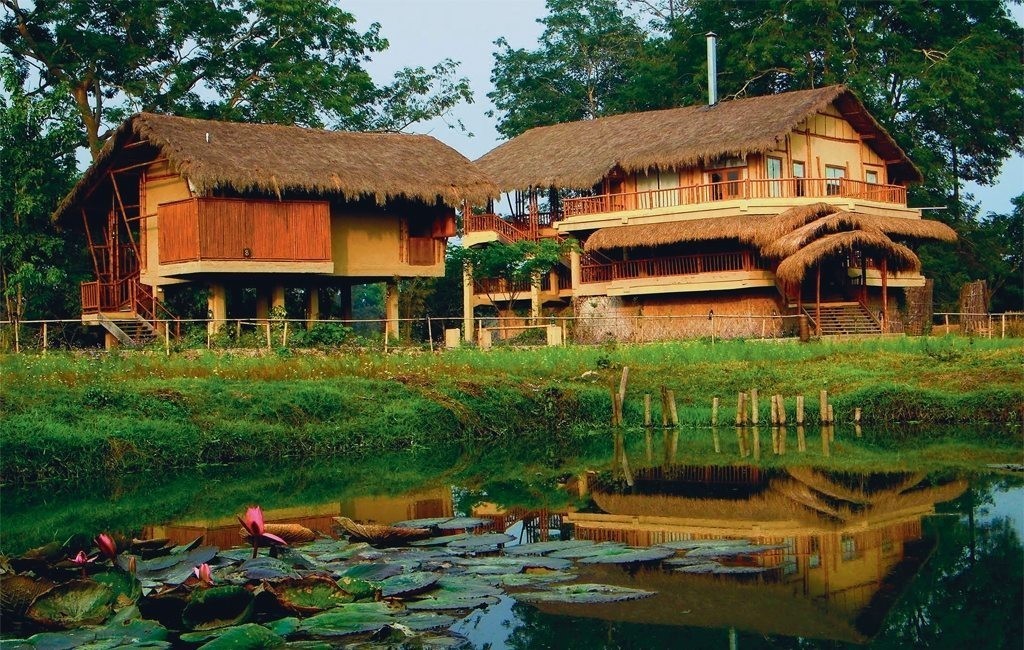
The machan at Diphlu River Lodge, a short distance from Kaziranga National Park, is a great spot for visitors to soak in the sounds of the jungle as they sip a cocktail and watch rhinos bathe in the river. Paddy fields surround the bamboo and wood huts, built on stilts in the style of the local Mising tribe and connected by walkways. A variety of birds flutter through the property, and the absence of fences or harsh lights encourages small animals from the park to saunter through the property at dusk.
Visitors are given a list of dos and don’ts on arrival, and the staff—nearly all from the area—are regularly coached on ways to protect the environment, conserve natural resources, and manage waste. The cottages, decorated with local handicrafts, are air-conditioned, but the resort tries to offset the carbon footprint by reforesting the areas around the property. Grey water is recycled at the in-house filtering pond and used to irrigate the fields where organic rice, a variety of vegetables, and mustard are grown. The resort is sometimes closed during the monsoon due to heavy rains and water logging, so check in advance before making plans (0361-2667871/2/3; diphluriverlodge.com; ₹18,000 per person from November to April; doubles ₹6,056 from May to Oct, when the park is closed. The tariff includes safaris, three meals, and park entrance).
7. Nameri Eco Camp, Nameri National Park, Assam

The 22-year-old Nameri Eco Camp, one of the oldest nature resorts in India’s northeast, is a great vantage point to see the blues of the sky, the Nameri River, and the Eastern Himalayas coalesce on a bright day. Twelve thatch-and-bamboo tents and two cottages, built in the style of the Mising tribe, are arranged around a central courtyard where a restaurant serves Mising food made with veggies from the camp’s organic patch. Visitors come to Nameri mainly for the elephants, tigers, and more than 420 species of birds, including the critically endangered white-winged wood duck. They can also raft down the Jia-Bhoreli River or explore the national park on foot. The absence of jeep safaris means the national park is pristine.
Visitors who crave a slightly less intense itinerary, can opt for a walk through any of the villages around. The camp works closely with the Mising, Boro, and Garo communities, drawing staff from the neighbouring villages and providing others handicraft training. In conjunction with the State Institute of Rural Development of Assam, the camp sets up self-help groups that enable villagers to start small agri-businesses and become less dependent on the forest. The Nameri team also helps the Eco Task Force, the special unit of the Indian Army, in distributing saplings and afforesting the area. The camp is never closed, but the weather is ideal from October to April (08472800344; nameri.co.in; doubles from ₹1,800, inclusive of all taxes).
For latest travel news and updates, food and drink journeys, restaurant features, and more, like us on Facebook or follow us on Instagram. Read more on Travel and Food Network
Trending on TFN


